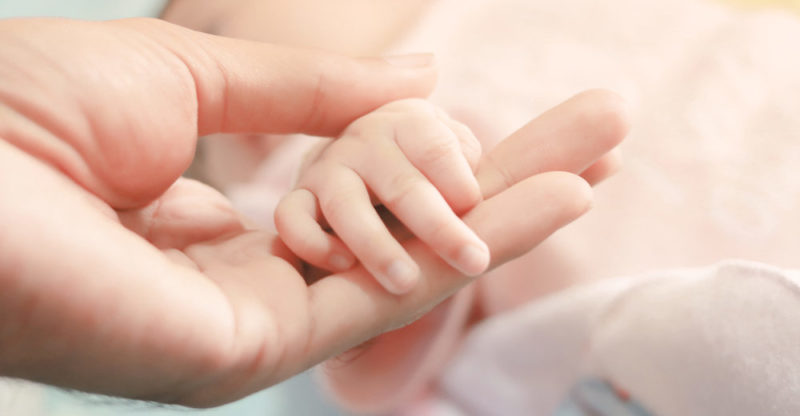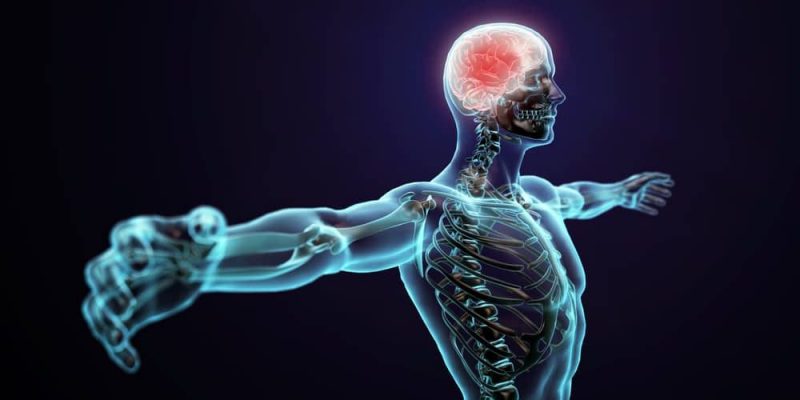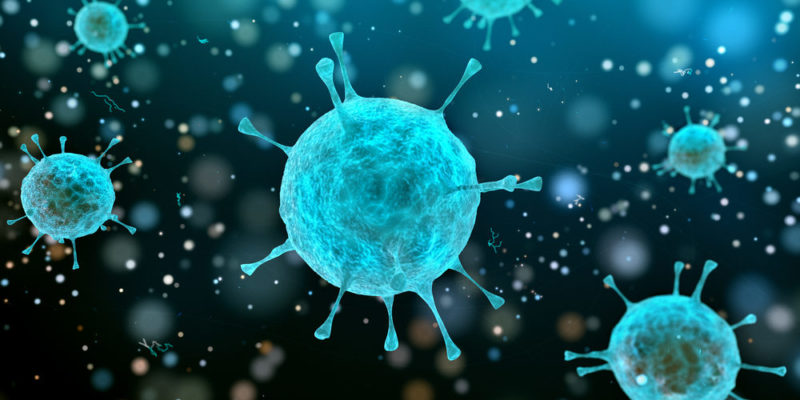We explain everything about the human body, how it is composed and its characteristics. In addition, the systems it presents and vital stages.
What is the human body?
The human body is the physical, material presence of a human being . It is considered, from the traditional philosophical point of view, as one of the two aspects that constitute it as a whole, together with the mind or the spirit.
From a biological point of view, the human body has the characteristics of a eukaryotic , multicellular organism, from the animal kingdom , belonging to the class of mammals and that of primates, the only member of the genus Homo (the others are extinct).
The constitution of the human body is the result of an evolutionary process almost 2 million years long , starting from some common relative between the chimpanzee ( Pan troglodytes ) and man.
Numerous species of hominids emerged as the proto- human being configured his body to walk upright, oppose his thumbs and develop his brain , resulting in our species Homo sapiens with the body that we already know, approximately 200,000 years ago.
Atomic composition of the human body

The human body is composed mostly of water (H2O) that is found inside cells , in the blood and bathing all tissues. It is estimated that 65% of the adult human body is water .
Like that of every known living being, the human body is organic and is atomically constituted by extremely complex molecular structures from, fundamentally, atoms of hydrogen (60%), oxygen (25.5%), carbon (10.5%) , nitrogen (2.4%), calcium (0.22%), phosphorus (0.13%), sulfur (0.13%), potassium (0.04%), chlorine (0.03%) among others .
For the most part, these elements make up organic substances in our body such as carbohydrates , lipids and proteins .
General characteristics of the human body

The human body has an average height of 1.7 m (adult) and an average density of 933 kg / m3. Their weight ranges on average between 50 and 90 kg.
The surface of the body is covered by about 2 m2 of skin with a variable thickness between 0.5 and 4mm.
Cell composition of the human body

The human body is made up of almost one hundred billion eukaryotic cells (with a defined nucleus), organized in tissues and these in organs. Human cells present a very high degree of specialization, and can be classified into:
- Nerve cells. In charge of conducting electrical stimuli in the body.
- Muscle cells. Which constitute the muscles that allow locomotion.
- Bone cells In the bones that make up the skeleton and give structure and support to the body.
- Fat cells. That integrate the fatty tissues of energy deposit and structure.
- Blood cells. Red blood cells to transport oxygen in the blood, white blood cells to defend the body, among other cell types.
- Reproductive cells. Eggs or sperm, called sex cells, for reproductive purposes.
- Parenchymal cells. They constitute the tissue without organs that provides density to the body, called “parenchyma”.
Anatomy of the human body

At first glance, the human body is made up of three large segments:
- Head. Where are the sensory organs, the mouth and the nervous nucleus that controls the entire organism, the brain .
- Trunk. Where are all the internal organs. Center of the body.
- Extremities. The different articulated members that allow locomotion (legs) and the handling of tools (arms), attached to the trunk.
Human body systems
 The functioning of the various organs of the human body is classified into circuits called systems. The following are the main ones:
The functioning of the various organs of the human body is classified into circuits called systems. The following are the main ones:
- Circulatory system . It is made up of the heart and the vast network of veins, arteries and capillaries, which allow the arrival of blood to the different sectors of the body that need it.
- Cardiorespiratory system. System that includes the nose, trachea, bronchi, lungs and heart , and the tubes that connect them to the latter, allowing air to enter the body to extract the necessary oxygen and incorporate it into the blood.
- Nervous system . Composed of the brain, the spinal cord and the network of nerve endings that allow control of the body and perceive sensations.
- Digestive system . It includes the mouth, esophagus, stomach and intestines, and fulfills the function of food : to ingest, dissolve and digest the nutrients in food.
- Excretory system . It deals with eliminating residual liquid or solid substances from digestion and the proper functioning of the body. It involves the kidneys, the bladder, the urinary tract.
Human skeleton
The human body is supported and protected by more than 200 bones , which are calcified and mineralized organic structures to gain resistance to impacts and the body's own weight.These bones make up the skeleton, a common and continuous structure that encompasses all sectors of the body except the abdomen , and that operates inside the body (endoskeleton) unlike the shell of other species (exoskeleton).
The skeleton also fulfills important functions in the segregation of blood cells or hematopoiesis .
Human microbiome
 Inside the human body, and especially in the intestine , live numerous microbes (especially bacteria ) that are harmless for the organism and often contribute with diverse functions of decomposition of the organic matter.
Inside the human body, and especially in the intestine , live numerous microbes (especially bacteria ) that are harmless for the organism and often contribute with diverse functions of decomposition of the organic matter.It is estimated that in each square centimeter of human skin there are about 10,000 bacteria , and in total in our body we harbor about 100 trillion, which represents 1 to 3% of our body mass.
Sex differentiation
 The human body presents corporal sexual variation from the moment of birth , since individuals are born with defined sexual organs: penis and testicles in men and vulva and ovaries in women.
The human body presents corporal sexual variation from the moment of birth , since individuals are born with defined sexual organs: penis and testicles in men and vulva and ovaries in women.This differentiation is accentuated after adolescence , when sexual arousal occurs thanks to hormones and the features of sexual maturation that distinguish the adult man from the adult woman take place, such as facial hair, erection and ejaculation, body hair and enlargement. of the voice in men and rise of the breasts, hip enlargement, menstruation in women.
Obtaining energy from the body
Like all animals, the human body operates based on obtaining energy through the oxidation of glucose , for which it requires both respiration to acquire oxygen and the consumption of organic matter to extract sugars .This energy is what sustains the body while walking, and in the absence of food, the human body will proceed to extract organic matter from itself (from fatty tissues first, then from muscular tissues ). When it can no longer do it, it will cease to function.
Vital stages of the human body
 The human body in its life course will normally go through the following stages from birth to death:
The human body in its life course will normally go through the following stages from birth to death:
- Childhood. Stage of helplessness that continues at birth and during which breastfeeding is the only source of food. The bones of the head fuse together and the body prepares to start growing.
- Childhood . Stage in which the human being learns to communicate, to walk on his own and to retain sphincters. The body begins its development and growth, accumulating the necessary energy for later stages.
- Adolescence . The transition stage to adulthood, characterized by intense hormonal changes that lead to physical, emotional and behavioral changes. Sex differences develop.
- Adulthood . Full stage of development and sexual maturity.
- Oldness . Stage of weakening of bodily functions due to fatigue and prolonged functioning. The body gradually abandons its reproductive needs and conserves its energy to maintain itself.
MA student of the TransAtlantic Masters program at UNC-Chapel Hill. Political Science with a focus on European Studies. Expressed ideas are open to revision. He not only covers Technical articles but also has skills in the fields of SEO, graphics, web development and coding. .
Leave a reply
Your email address will not be published. Required fields are marked *Recent post

Sport: What Is It, Types, Risks, Features, Characteristics and Examples

Dogs: Emergence, Features, Characteristics, Feeding and Breeds

Story: Definition, Elements, Structure, Features and Characteristics

